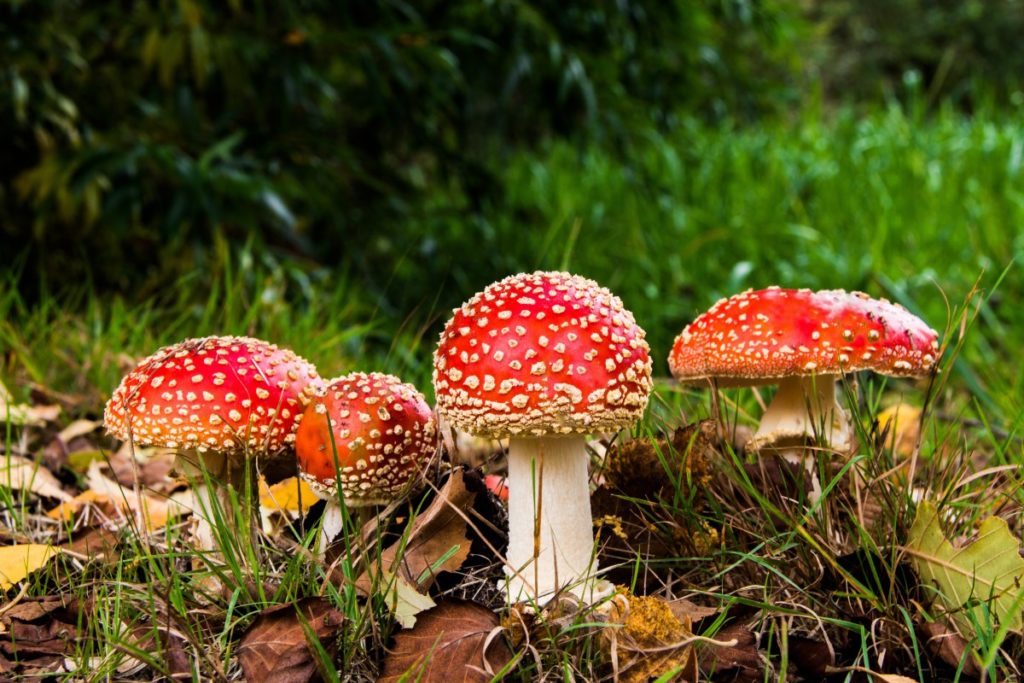The term “natural psychoactive drugs” (NPDs) comprises a great variety of animals, plants, cacti, and fungi, traditionally used in ritualistic contexts all over the world, whose consumption has increased dramatically in the last few decades. In order to study the patterns of use, the desired effects and the mental health status of individuals who make use of them, ICEERS conducted detailed research through an online questionnaire that collected responses from 564 NPD users from 52 different countries. The results were recently published in the journal Drugs: Education, Prevention and Policy.
This study, lead by psychologist Marc Aixalà with funding from the European Commission, was part of an European project called “New Approaches in Harm Reduction Policies and Practices (NAHRPP)” (HOME/2015/JDRUG/AG/DRUG/8860), implemented by the Transnational Institute, Diogenis Drug Policy Dialogue, Forum Droghe, Stichting, and ICEERS, between January 2017 and March 2019.
According to the survey, the most used substances were psilocybin mushrooms (88.5%) and ayahuasca (51%), and the typical consumer is a well-educated adult individual, not keen on using alcohol, who engages with these substances sporadically. Apart from showing a good mental health status, most of participants reported that their experiences with these plant substances positively influenced their lives.
The objective of the study was to increase knowledge about current consumers of NPDs, including frequency of use and related practices. The results of the study can be used by social workers, health practitioners, and law and policy makers when considering the impact of NPDs on public health.
Natural Psychoactive Drugs versus New Psychoactive Substances
Within policy and legislative frameworks, there is a growing trend to classify NPDs as “new psychoactive substances.” The authors of this paper do not agree with this classification, stating that this category “indiscriminately includes very different substances, and while some of them have a long history of a traditional use, which entails a well-known safety profile and specific contexts of use (in the case of NPDs), there is a lack of information for others, more recently synthesized, regarding their toxicity, and they also come with the implicit risk of being impure or adulterated.”
Therefore, the authors state that “classifying NPDs as NPSs seems highly nonsensical, so we suggest revising the current legislation and not putting such different substances in the same category. NPSs are generally associated with deaths and central nervous system or liver toxicity. However, exposure to some of the NPDs currently classified as NPSs has been associated with reduced psychological distress and suicidality and several potential benefits for healthy individuals, making it quite clear that we are dealing with very different substances.”
Generally, NPDs were obtained by individuals through through ceremony providers, and the most common context for consumption was with friends. People who consumed ayahuasca, iboga or ibogaine, psilocybin mushrooms, Salvia divinorum or salvinorin-A, San Pedro, and Bufo alvarius reported that these experiences influenced them very positively, although some participants reported negative impacts.
In conclusion, as NPDs differ substantially from NPSs in terms of both their safety profile and patterns of use, and therefore stakeholders should consider these results when deciding on legal classifications for these substances. Study findings suggest that NPDs should not be included in the same class as NPSs.
Categories:
NEWS
, PSYCHEPLANTS
, Others
, RESEARCH & INNOVATION
Tags:
psychiatric effects
, scientific research
, study
, psychoactive
, psychoactive plants


